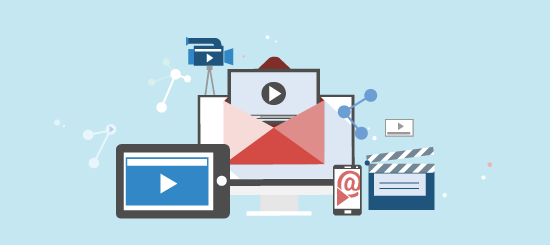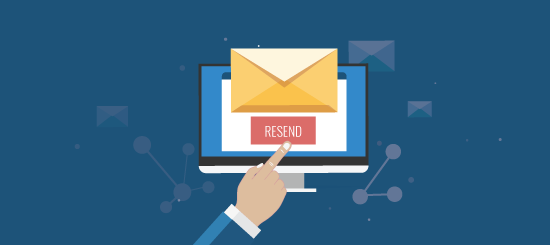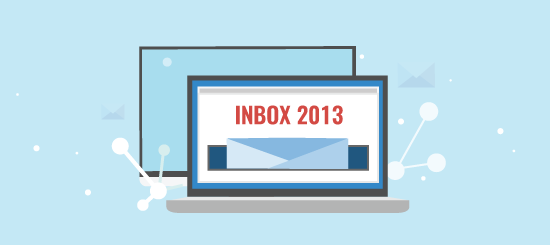Trigger email has been a pretty hot topic recently, and it’s not surprising to see why. They’re smart, effective and can add real value to your email programme.
If you’re not familiar with trigger emails, here’s a quick catch-up:
Trigger emails are pre-defined or dynamic emails that are sent once a user completes a specific action. For example, clicking a link or opening a specific email. You can think of trigger emails as an offshoot of email automation. While traditional automated emails are scheduled to send over time, trigger emails are far more immediate, often being sent the moment a specific action has been completed.
Because trigger emails are based on events that have just occurred, their relevancy is though the roof. Trigger emails are incredibly versatile and have a vast amount of practical uses.
Supporting Content
‘Supporting Content’ trigger emails are sent when a customer expresses an interest in a specific piece of content; a traditional example of this is when someone registers for a whitepaper download, and receives an email containing a download link.
It’s also possible to go one step further than this and send someone an email based on content they have viewed recently. For example, sending them an email with more information on a product they have been viewing on your website.
Recovery Emails
Here’s the scenario – a lucrative customer is in the process of filling in an order form and there’s a knock at the front door. While they’re off making smalltalk with their unexpected guest, they totally forget about their order. By the time they remember, they decide to buy from a competitor and you lose a sale – nightmare.
This is where recovery emails save the day. If a customer abandons a process on your website, such as adding items to a shopping basket, you can send a trigger email reminding them to complete their purchase.
Recovery emails aren’t just limited to commerce either, they can be used to remind someone to complete any type of process. Account sign-ups, event registrations, product registrations and feedback forms to name just a few.
Internal Notifications
Next up, a bit of a curveball. Trigger emails aren’t just for your customers, they’re for you too. That means that you, or someone on your team, can receive email notifications based on your customers actions.
There are a few great examples of this:
- A marketing team member receiving an email when someone has signed up for an event
- A sales team member getting a notification when a customer has read an email with important paperwork
- The technical team receiving an email if a customer is having problems logging into your system
Combination Trigger
Here’s where things get really smart. Combination triggers are sent in the same way as normal trigger emails, but their content is based upon each customers unique behaviour. (I call them combination triggers as they combine several different email marketing tactics in one email e.g. triggers, personalisation, dynamic content and behavioural targeting).
For example, a standard supporting content trigger email would contain static, pre-defined content that’s the same for everyone e.g. if someone is looking at shoes, the trigger email would contain generic information on the shoe they looked at most.
A combination trigger on the other hand would look at the previous actions the customer had taken and generate an email that’s personalised for them. So for example it would not only contain general information about the shoe, but also if it’s available in their favourite colour, if it’s in stock at their closest retail outlet and show them recommendations on similar shoes based on ones they’ve looked at previously. As you can see there’s some pretty in-depth stuff that’s possible here!









